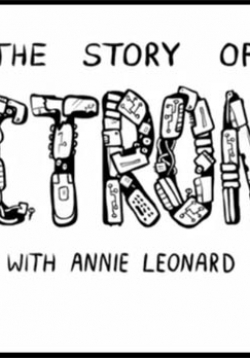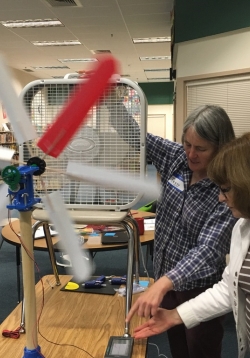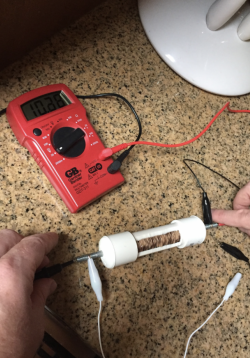How might we design a battery that reduces e-waste? Phenomenon and Exploration
During this introduction lesson series students will explore the guiding phenomenon to understand e-waste and connect it to battery design. Students will utilize online resources to learn about problems from e-waste around the world and the environmental...
Exploring Eco-Friendly Battery Design
In this lesson students will experiment with everyday household items to make batteries. Students will use lemons, potatoes, pennies, and cola to make batteries, and compare the amount of voltage produced. These lessons can be expanded to test a variety of...
Engineering Clean Energy for Our Community
This lesson plan will engage students in a design process to power a motor using a variety of energy sources. Students will compare different clean energy sources to decide which energy source will complete their design goal. Students will experiment with...
Unit Plan: Understand E-Waste Through Battery Design
In this lesson students will further explore their understanding of energy, electricity, and basic circuits. Students will begin their exploration of batteries by questioning where batteries end up when we are done using them, making connections to e-waste...




